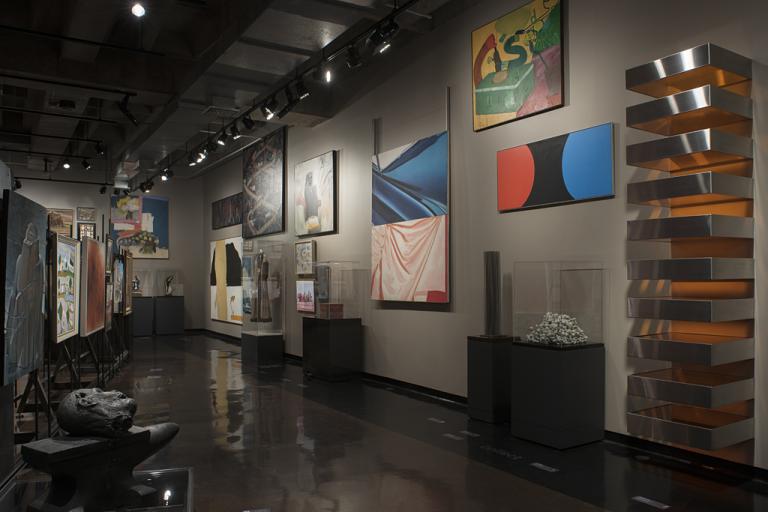El Supremo (from the "Serie Paraguay"), Carlos Colombino
Artwork Overview
Carlos Colombino, artist
1937–2013
El Supremo (from the "Serie Paraguay"),
1988
Where object was made: Paraguay
Material/technique: wood; Xylo-painting
Dimensions:
Canvas/Support (Height x Width x Depth): 119.1 x 98 cm
Canvas/Support (Height x Width x Depth): 46 7/8 x 38 5/8 in
Canvas/Support (Height x Width x Depth): 119.1 x 98 cm
Canvas/Support (Height x Width x Depth): 46 7/8 x 38 5/8 in
Credit line: Museum purchase: Helen Foresman Spencer Art Acquisition Fund
Accession number: 1997.0059
Not on display
If you wish to reproduce this image, please submit an image request





